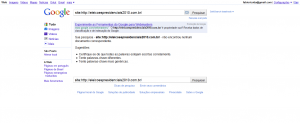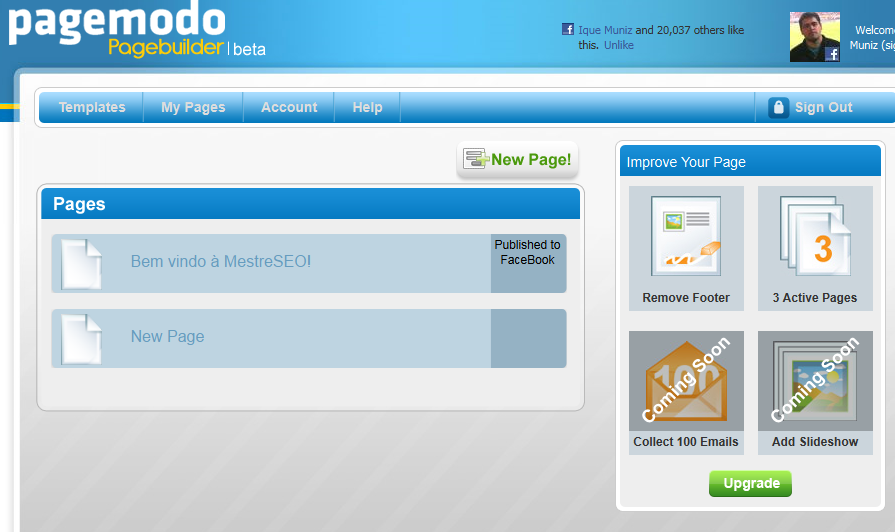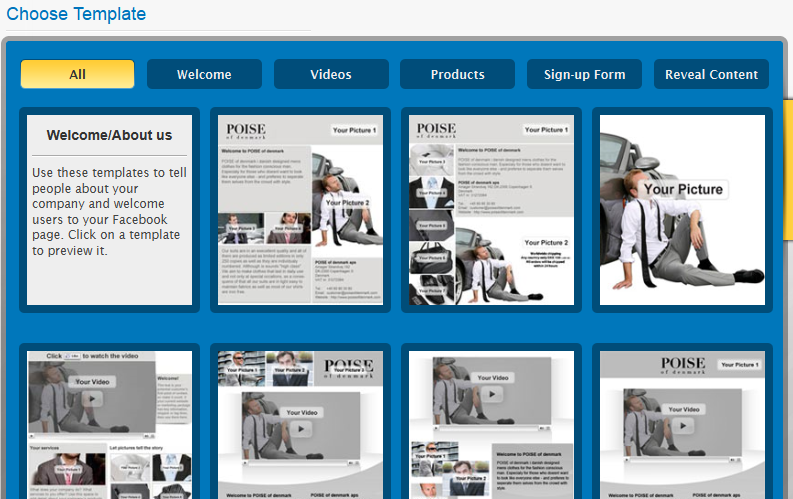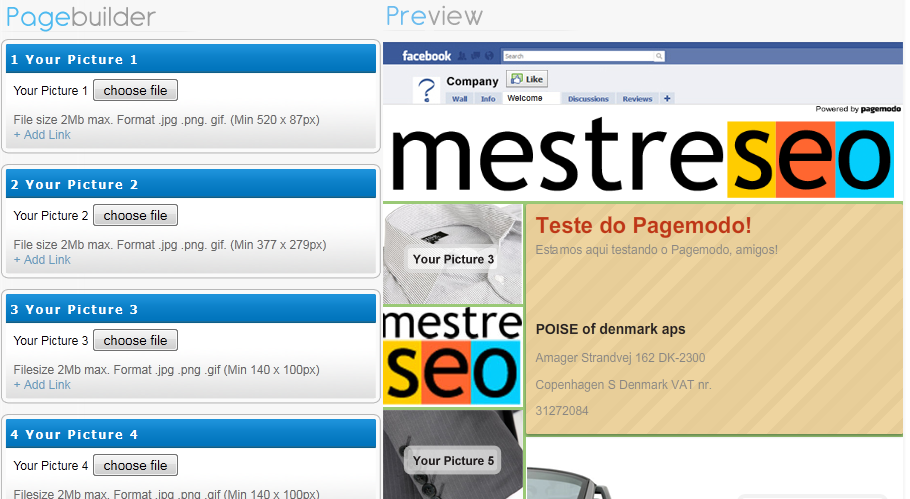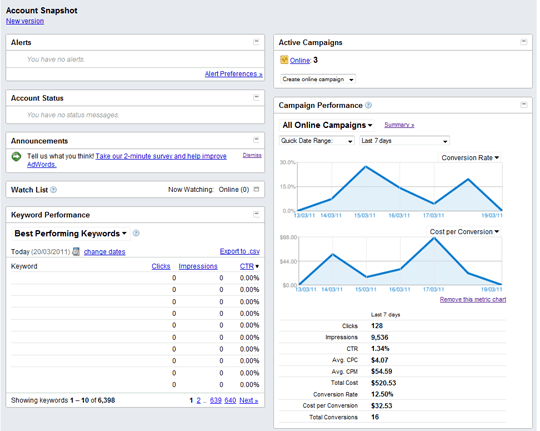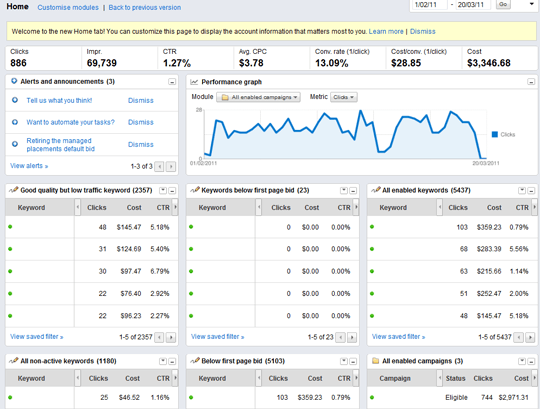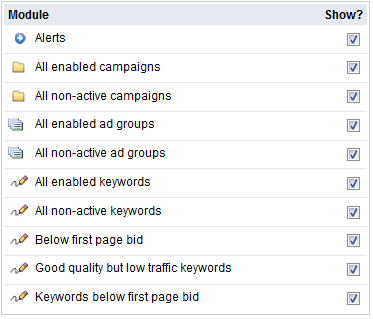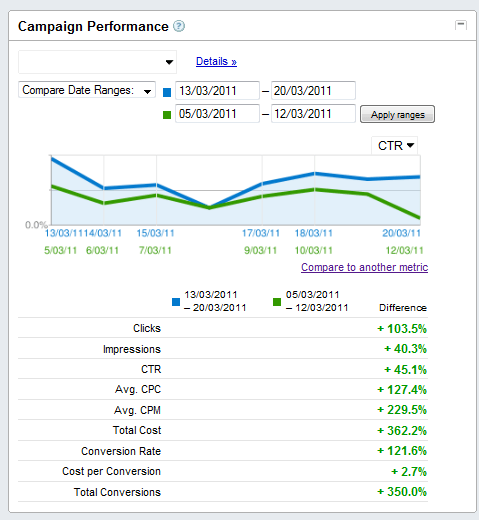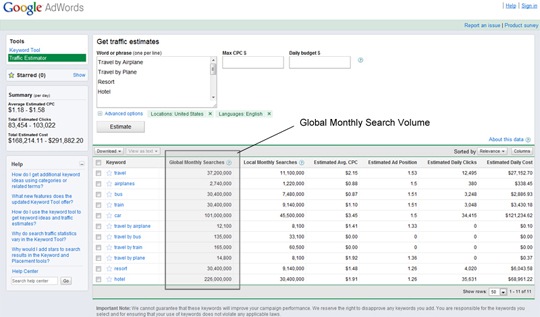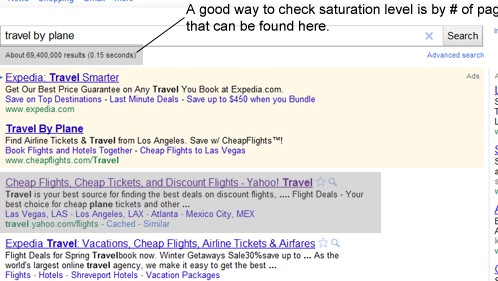Sage Advice From A Twitter Strategist: Q&A with Hollis Thomases: "
 Hollis Thomases (@hollisthomases) is referred to as, among other things, an award-winning entrepreneur, accomplished author, and total Twitter powerhouse. To me, she’s all of those, as well as a friend. Founder of WebAdvantage.net, a digital media strategy agency, Hollis has been a familiar face on the search marketing circuit for well over a decade. Seasoned and sharp, you’ll often find her (hard to miss with trademark red hair) on an array of industry conference panels, from Holistic Twitter Automation to deep-dives into display marketing.
Hollis Thomases (@hollisthomases) is referred to as, among other things, an award-winning entrepreneur, accomplished author, and total Twitter powerhouse. To me, she’s all of those, as well as a friend. Founder of WebAdvantage.net, a digital media strategy agency, Hollis has been a familiar face on the search marketing circuit for well over a decade. Seasoned and sharp, you’ll often find her (hard to miss with trademark red hair) on an array of industry conference panels, from Holistic Twitter Automation to deep-dives into display marketing.
On the advent of Search Engine Strategies New York (#SESNY), I had the opportunity to share a candid interview with Hollis. Topics spanned the pains & pleasures of social network evolution to work as a writer and upcoming speaking gigs. Fruits of our chat live below the fold.
| aimClear: Hollis, thanks for your time today! You’re a savvy citizen of the online marketing galaxy, with a finger on the pulse of social networking sites, their exponential growth and evolution. What, to you, has been the most remarkable and/or teeth-gnashing aspect of social media’s permeation in mainstream culture?
Hollis Thomases: Given the times, I would have to say the most remarkable thing is how social media has literally helped topple governments. In this instance, we’re not talking evolution, we’re talking revolution and that’s incredibly powerful.
Teeth-gnashing-wise I’d have to say there are several: the proliferation of gurus, experts and consultants who have all suddenly cropped up to take advantage of the times (and who are all too often praying on the ignorant) — this deeply disturbs me because I think it also harms those who are trying to do legitimate good work. These folks are right up there with used car salesmen and ambulance-chasing attorneys, in my humble opinion.
I’m also disturbed by the depth to which people post so much personal information on the Web, blind or ignoring the fact that nothing they post is truly protected or private. I do wonder if they’ll be some kind of ultimate backlash or negative impact with all of this.
Lastly, though I truly do value social media for how it brings people together and helps people re-connect, I often feel that people are losing the ability to connect face-to-face or that small tokens via social media (a tweet hello here, a Facebook birthday wish there) sufficiently replaces commonplace human social interaction. I’ve started to feel like people expect me to read everything they’re posting on a routine basis to know what’s going on with them as opposed to talking with me by phone or in person and sharing that information. Frankly, I don’t have the time to do that for everyone and it’s not how I want my social relationships to be. I think that social media is de-personalizing relationships just as they may be fostering them — just like not everyone’s learning style is the same, nor are their relationship preferences either, and fewer people are mindful of the diversity of people’s needs in this regard as a result of the ease with which social media “makes” communication happen.
| aimClear: Fine points, Hollis. Let’s switch gears. Picture this: a B2C company hopped on the “bandwagon,” got a Twitter account, and tweets daily. They’re hosting promotions, proactively following relevant people, and truly engaging with them– but no real lead generation comes as a result. When, if at all, would you say, “Move on- it’s not the platform for you”…? Or is it worth spending the time and money simply for branding & friend-making?
HT: I would have to back-up and first ask, “Why did you get on Twitter to begin with, and what were your goals?” If the goal was lead generation and that’s not happening for them, I’d probably want to scrutinize the content of their tweets as it relates to the type of audience they’re seeking to attract. I think too many companies vainly or ignorantly generate content — be it tweets, blog posts, promotions, etc. — that they think would be worthwhile for their audience when in fact, it may provide no added value whatsoever. I highlight “added” because the content may be interesting, but if the audience can find the same content elsewhere, the company’s not really generating or showcasing anything that makes them stand out in the reader’s mind.
Another correlation I make for companies that really don’t understand social media is to compare it to public relations. With PR, you could be doing all the right things — issuing press releases, being interviewed by journalists and mentioned in news articles, getting awards and recognition for your company, etc. — and yet feel or see that nothing concrete is being gained by it. But the reality with PR is that every little piece of press helps to raise your company’s visibility and the market’s awareness. The market (prospects) may not respond the first, second or even third time they see your company mentioned, but over time, all of these efforts will certainly help your company have a presence in its market. You could choose to abandon ship just because you’re not seeing direct fruits of your labor, but then again, how will you know that you’re not in the right place at the right time and actually miss an opportunity? And is any of this important or more important to you than other initiatives you could be spending money and time on?
So it’s really a situation of what’s important to the company, how well they executed or are executing their plan, and if continuing to do so aligns with their overarching marketing and communications goals.
| aimClear: Sound advice. On the topic of Twitter, your tweet-tribe/“twibe,” the Hollis Thomases Army (#htarmy), has been on my radar for quite some time. What was your motivation for creating that clan?
HT: Ah, Lauren (@beebow) and my faithful #HTArmy “Lieutenant”! I have to smile at your question. My original motivation for creating #HTArmy was both admittedly selfish and experimental. Selfish in that I was setting about to write my book, Twitter Marketing: An Hour a Day, in a very tight timeframe and I had hoped to develop a network within Twitter to help me with my book’s research (mission accomplished, by the way — several of my book’s case studies and tools mentioned came from efforts by members of the #HTArmy). The process was also experimental because I was curious how crowdsourcing the production of a book might work. Ultimately, that too was a great success with several members of the original #HTArmy like Carlos Hernandez (@carloshernandez), Tom Rowe (@thefrontrowe), Gini Dietrich (@ginidietrich), Nancy Cawley Jean (@nancycawleyjean) and Mike Merrill (@mikedmerrill) contributing to portions of the book. An unexpected gain from forming #HTArmy was the support and friendships I have developed from the process. The #HTArmy lives on today with a great group of old- and newcomers, and I couldn’t be prouder. I would be honored if from reading this post, other tweeps want to join our ranks, because we really do have a special thing going!
| aimClear: Right on. Matter of fact, a copy of your book sits on my work desk as we speak. You also write a biweekly column for ClickZ, and contribute to Social Media Marketing Magazine. From the collection of your authored online marketing writings, what are some of your favorites?
Wow, that’s a hard question. I’m definitely proud of #TMHAD as writing it was a huge accomplishment and task — at 478 pages, in seven or eight point font, it really is an amazing feat that I was even able to get it done in six months! I’m also very proud of my six years as a ClickZ columnist, for which I write about online media planning and strategy. Looking back at all my columns, I can see that a lot of what I wrote about was ahead of the curve. For example, I wrote about Google as a media network back in 2006! I recently wrote a ClickZ article about “How Keyword Research and Competitive Search Fuels Display Campaigns” that I think is a growing yet untapped trend. And for Success magazine back in 2000, I wrote about my concerns about the narrow-mindedness of ad and content targeting based on user profiling, a concept that’s now being re-visited today. So I suppose I am just most proud that after 13 years in the business, I’m still able to crank out new fresh content that keeps ME interested and engaged! 
| aimClear: Well done! Your company bio highlights that in 2008, you were named “Enterprising Woman of the Year.” Ours is an industry that’s often stereotypically male-focused… what did this recognition mean for you?
HT: Awards like this do have meaning to me, but they are still not industry awards. I try not to let awards go to my head because unless my agency and I do good work and serve our clients, I could have a bunch of awards that have far less meaning to me. The best recognition I can receive is when our clients tell us how good we are to work with and how much better our campaigns perform for them than before they worked with us. At the end of the day, I’m just an entrepreneur trying to do right by people who pay us to deliver upon or exceed their expectations. If I/we can do that, I don’t need any special awards.
| aimClear: Nice perspective. Okay, so on day two of SESNY, you’ll be on the panel of Twitter 2.0: Creating & Distributing the Message. What can audience-members-to-be expect from your upcoming presentation?
HT: I’m actually on two panels that day! “Crossing the Digital Divide” is the second one I’m on. As it relates to the Twitter panel,we’re going to focus on best practices and lots of tools. I think that a lot of Twitter newcomers don’t even realize how many different ways they can vary their tweets and value-adds they can provide with all the apps and tool features out there!
| aimClear: Well now! I aim to sit in on both. Lastly… favorite guilty-pleasure celeb or spoof Twitter account you follow? (For me, it’s @bettyfckinwhite).
HT: Mine used to be @shitmydadsays…though I have to confess that lately I don’t even have time to monitor these kinds of accounts. I have to rely on my tweeps to keep me laughing (and they do a darn good job of that, I must say!) #asinwetalkinhashtagstoomuchbeebowhinthint!
| aimClear: #NoIDeaWhatYouAreTalkingAbout. Many thanks for your time & insight, Hollis! See you at #SESNY. And, despite what you may think, drinks on me  .
.

"

